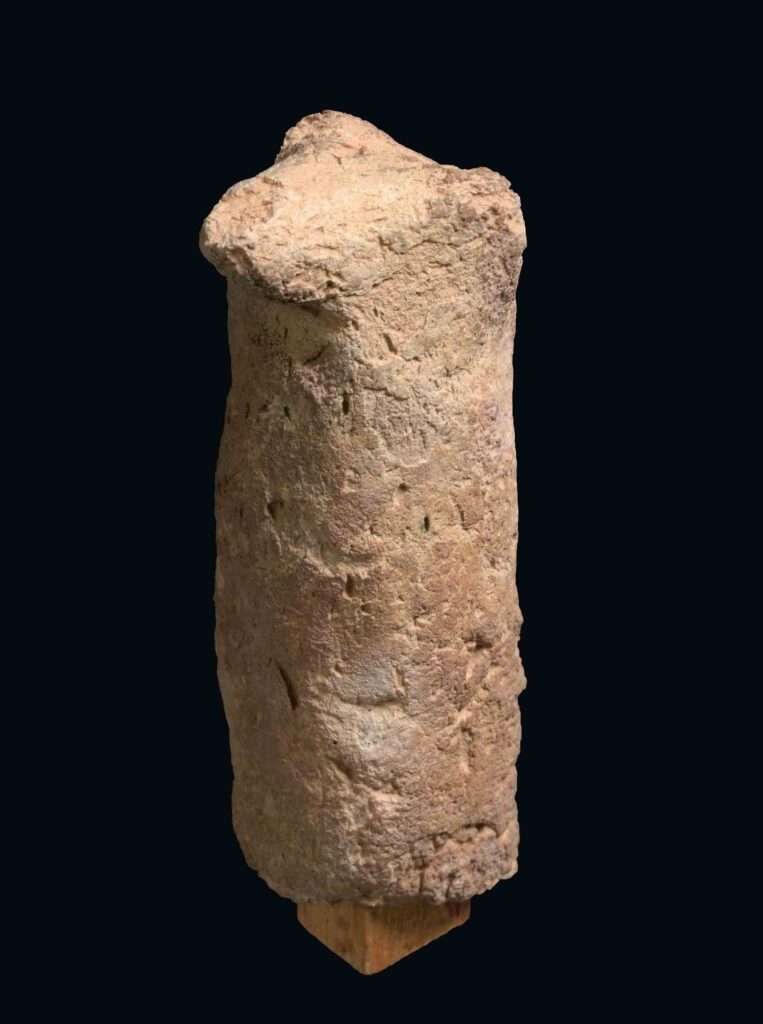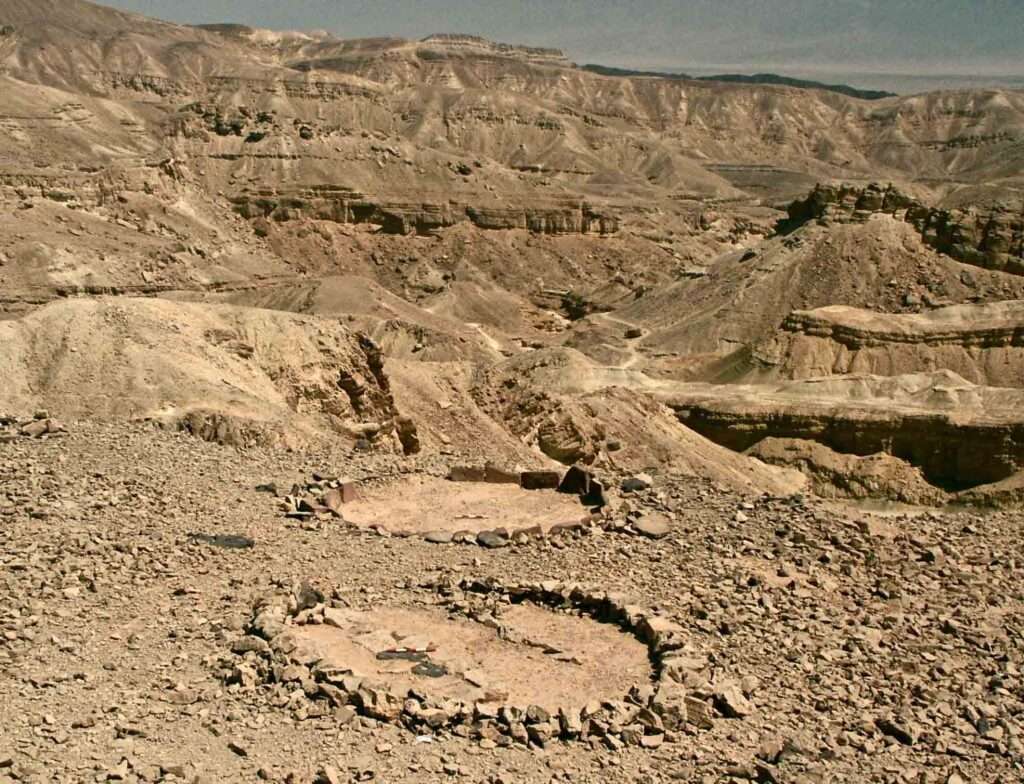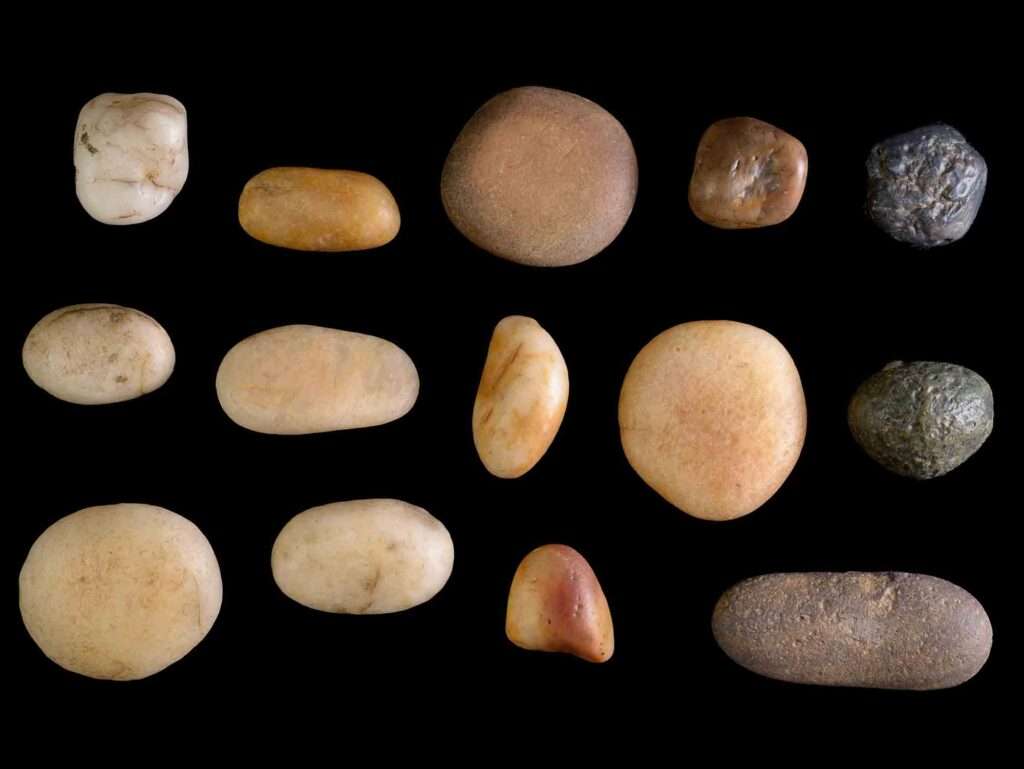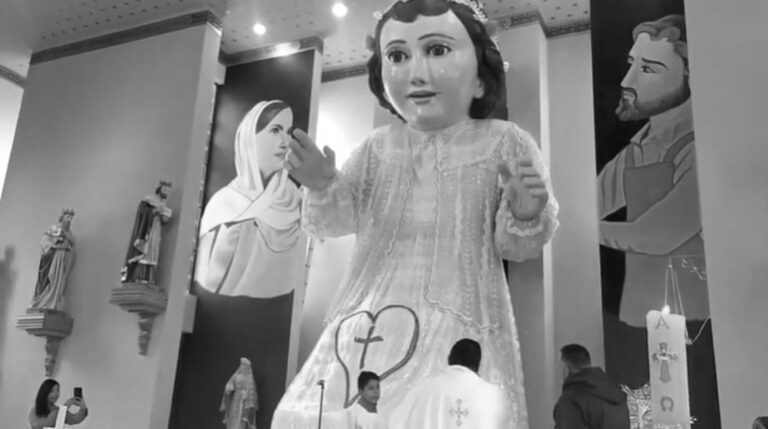Ancient artefacts believed to have been used by “sorcerers” in magical rituals have been discovered on the road from Cairo in Egypt to the Muslim holy city of Mecca in Saudi Arabia.
The artefacts were found on the Darb al-Hajj route that Muslim pilgrims took to go to Mecca for Hajj about 400 years ago.
Hajj is an annual Islamic pilgrimage to Mecca and is a mandatory religious duty in Islam that people have to undertake at least once in their lives.
People on their way to the holiest of cities for Muslims could stop by at a sorcerer who would perform rituals believed to be magical in nature.
This is according to the Israel Antiquities Authority, which said in a statement obtained by Newsflash that “on the road to Mecca in Saudi Arabia, one could stop at a professional sorcerer”.


They said that it “seems that Muslim pilgrims en route from Cairo in Egypt to Mecca in the Arabian Peninsula, about four centuries ago, would make a stop at these professional sorcerers.”
The statement said that the research was carried out by Dr Itamar Taxel of the Israel Antiquities Authority, Dr Uzi Avner of the Dead Sea-Arava Science Center, and Dr Nitzan Amitai-Preiss of the Hebrew University of Jerusalem, and has been published in the Journal of Material Cultures in the Muslim World.
The researchers said that these artefacts were employed in magical rituals carried out in order to “ward off the evil eye, to heal diseases and more”.
They said: “This discovery reveals that people in the Early Ottoman Period — just as today — consulted popular sorcerers, alongside the formal belief in the official religion.”
They added: “The artefacts were discovered by Moti Shemtov, a resident of Eilat, and subsequent to these finds, an archaeological excavation was directed at the site by Uzi Avner and Asaf Holzer, on behalf of the Israel Antiquities Authority.
“The group of finds is associated with rituals or ceremonies and comprises predominantly dozens of fragments of clay globular rattles, mostly similar to table tennis balls, containing small stones, that sound when the rattle was shaken.

“In addition, two artefacts similar to miniature votive incense altars, a small figurine of a naked woman or a goddess with raised hands, a characteristic feature of deities or priests, a few other figurines, and coloured quartz pebbles.
“The examination of the clay used for the ceramic artefacts has shown that these artefacts came from Egypt. This is the first time that such a large assemblage of ritual objects of this kind has been found, and it is even more unique at a temporary site and not a permanent settlement.”
The statement explained that the artefacts were found next to the Pilgrimage Road, known as Darb al-Hajj in Arabic, that went from Cairo across the Sinai Peninsula before continuing through the region of Eilat to the town of ‘Aqaba and into the Arabian Peninsula.
The experts said that this route was in use from the first centuries after the rise of Islam, from the 7th century AD until the 19th century.
The statement said: “Several camping sites and structures that served the pilgrims have been uncovered in the area of the Eilat Mountains, and it seems that the main period of time that these structures functioned was in the Mamluk and Ottoman periods, from the thirteenth or fourteenth centuries CE onwards.”
The experts explained: “The find-spot of these artefacts next to the camping site, and the comparison of the artefacts to those known in the Muslim world, as well as the fact that these artefacts were found together as a group, lead to the understanding that they were used in magical rituals.

“The artefacts were found broken, and they may even have been purposely broken in the ceremonies.
“It seems that these rituals were carried out at the site by one or several people who specialised in popular magical ceremonies.
“From the literary sources, we know that there was a demand for magical rituals among people from different strands of society. Such rituals were carried out daily alongside the formal religious rituals—including in the Muslim world—and it is probable that the pilgrims making their way to the holy cities of Mecca and Medina were no exception.”
To find out more about the author, editor or agency that supplied this story – please click below.
Story By: Joseph Golder, Sub-Editor: Michael Leidig, Agency: Newsflash
The Ananova page is created by and dedicated to professional, independent freelance journalists. It is a place for us to showcase our work. When our news is sold to our media partners, we will include the link here.




